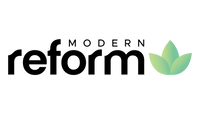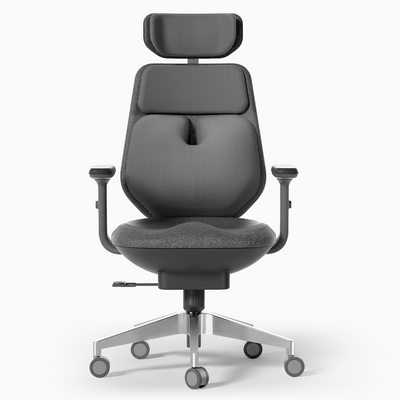
Does Pilates Help Build Muscle?
Pilates is a popular exercise that tones the body, strengthens muscles, and improves flexibility. It does not involve any weights but instead focuses on stretching and strengthening the major muscle groups in the body.
The exercises are done while lying on one's back, sitting or standing with support, or reclining in various positions.
Due to its low-intensity approach, many beginner students have a common question - does Pilates help build muscle?
The short answer is: Yes, Pilates can be modified for different fitness levels and will help build muscle if you do it correctly.
In this article, we'll take a detailed look at how Pilates can help build muscle and what muscle groups it targets that will aid you in your quest to increase lean muscle mass.
Does Pilates Help Build Muscle?
While Pilates is not a strength-training-based exercise, it does contain elements that aid in muscle building. Many of the exercises require you to use your own body weight and some may include equipment such as balls or foam rollers.
Pilates may enhance muscular strength and density, as well as tone and contour muscles. And while it can help build muscles, it's not as effective as serious weightlifting. Then again, Pilates is not meant to be an aerobic or cardio workout.
Pilates is an excellent complement to weight training since it improves and tones the "in-between" muscles that are often neglected by bodybuilders. It's worth noting that Pilates performed on a Pilates reformer machine results in more muscle growth than traditional mat Pilates.
If you want to do Pilates from the comfort of your home, check out these best Pilates reformer machines for home.
Pilates differs from weightlifting in that it helps to develop and strengthen long, lean muscles that will contribute to a stronger inner and external structure.
What Muscle Groups Are Targeted Through Pilates?

As with any form of exercise, Pilates will help to strengthen the muscles surrounding the area in use. If you are focusing on your abdominals, for example during a Pilates mat session, you'll be engaging your Rectus Abdominis.
Below are some of the most targeted muscles groups through Pilates:
Stabilizer muscles
Strengthening the stabilizer muscles has been proven to improve athletic performance and reduce the likelihood of injuries. All forms of Pilates will strengthen your core; however, exercises on a reformer machine provide more resistance and targeting than mat Pilates. The stabilization muscles work harder in order to maintain correct positioning.
Iliopsoas
The Iliopsoas is one of the core muscles that Pilates works to strengthen, working together with the abdominals for stability. It's made up of two groups - the Psoas Major and Iliacus muscle. When these are strengthened through Pilates they help improve alignment in your spine and hips, while also protecting you from back pain.
Buttocks/gluteus muscles (hard to target "under butt" area)
Your gluteus muscles are responsible for helping you move your hips, keep your balance, and perform athletic moves through the use of rotational force. The Pilates reformer machine is excellent at working out your buttocks/gluteus muscles while also providing resistance to tone other areas in the body.
Internal obliques
The internal obliques are a pair of muscles sitting underneath the external obliques that aid in side-bending and rotating your torso. They help support your low back, pelvis, spine, and abdominal organs.
External obliques
The external oblique is a large muscle located on the side of the abdomen which helps turn the torso and stabilize the trunk. Strengthening these muscles through Pilates helps you maintain proper posture and may reduce lower back pain.
Teres major and teres minor
Pilates targets these muscles that sit along the backside of your upper arm, helping you to rotate and raise your arms. Strengthening them can also help improve posture.
Inner thighs
The inner thigh muscles are responsible for helping with hip rotation and adduction (pulling the legs toward the midline of your body). Pilates is great at targeting these smaller muscle groups in order to reduce groin pain and stiffness.
Can Pilates Help Bodybuilders?
Yes. Pilates can help bodybuilders to reduce over-developed muscles and add strength and definition to muscle tone. It can also help create a long and strong look to your muscular build.
You may be very swoll already, but you can still enhance your body considerably with Pilates. It may not be able to bulk you enough if you only do Pilates, but it's worth adding it to your workout regime.
With Pilates, you can tone and tighten muscles, improve your posture and alignment, reduce the pain of existing injuries, and increase flexibility.
You should always perform a warm-up before starting any exercise regime to avoid possible injury - it's especially important when performing Pilates workouts that focus on elongating the muscles.
Final Words
Pilates has a positive effect on the body's overall toning, strengthening, and flexibility. It will also help to improve your body image by improving muscle definition through fat loss (read this article if you want to learn more about Pilates and weight loss.)
It is easy to perform Pilates exercises from the comfort of your own home with a Pilates reformer for home, however, an experienced instructor can make all the difference when it comes to ensuring you perform the exercises properly and avoid injury.
« Back to Pilates Blog









